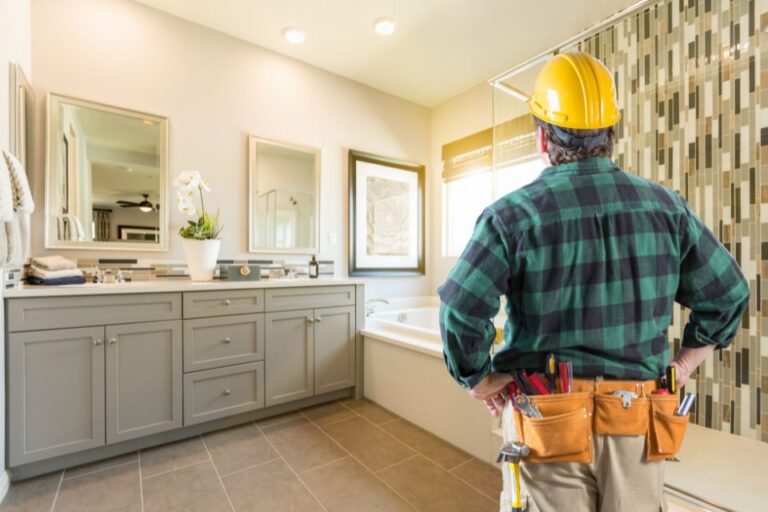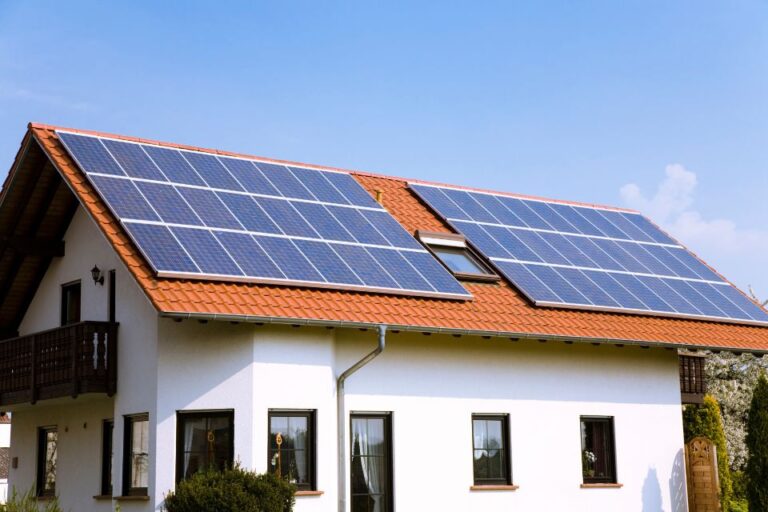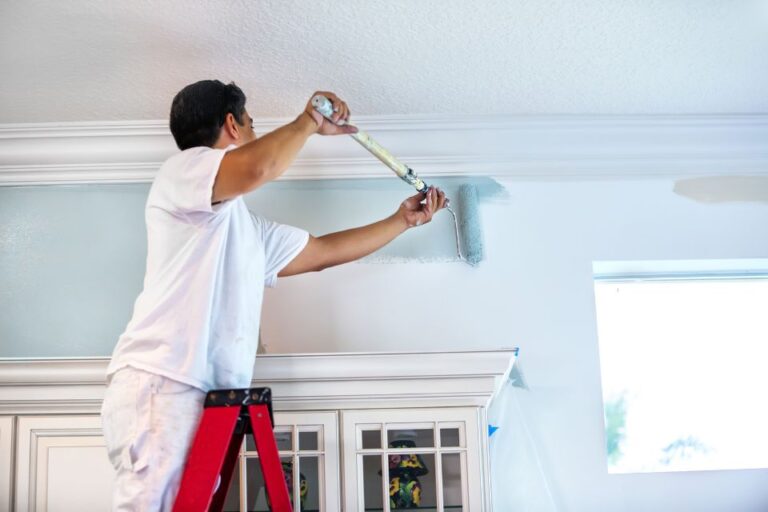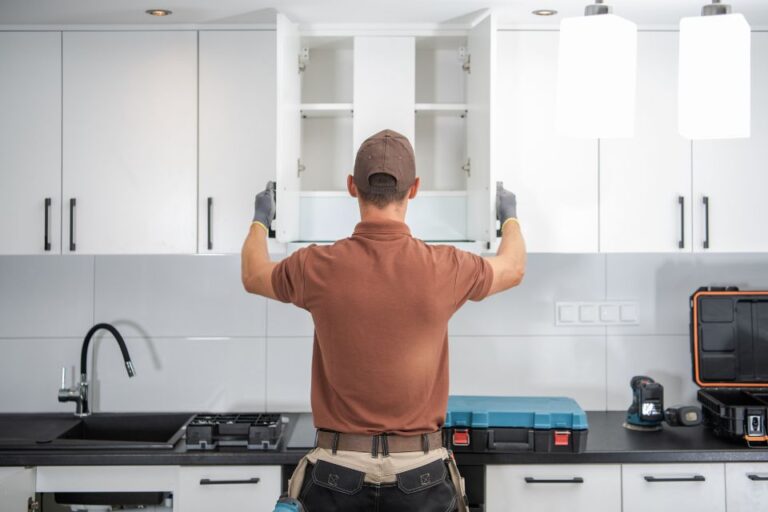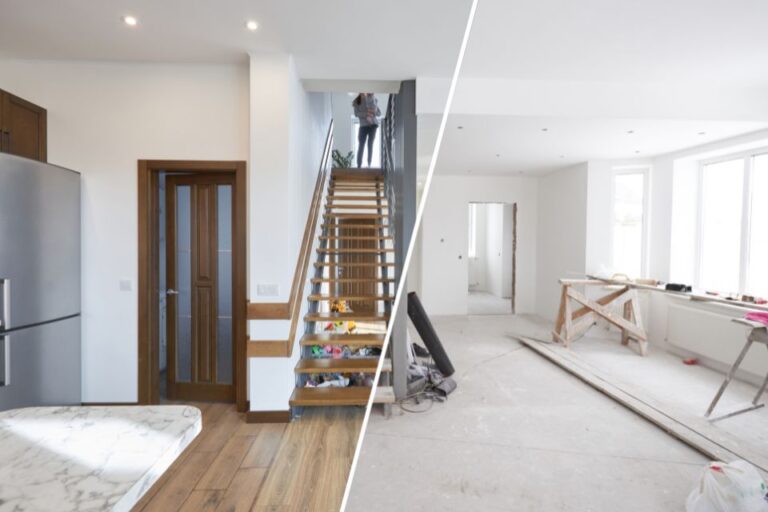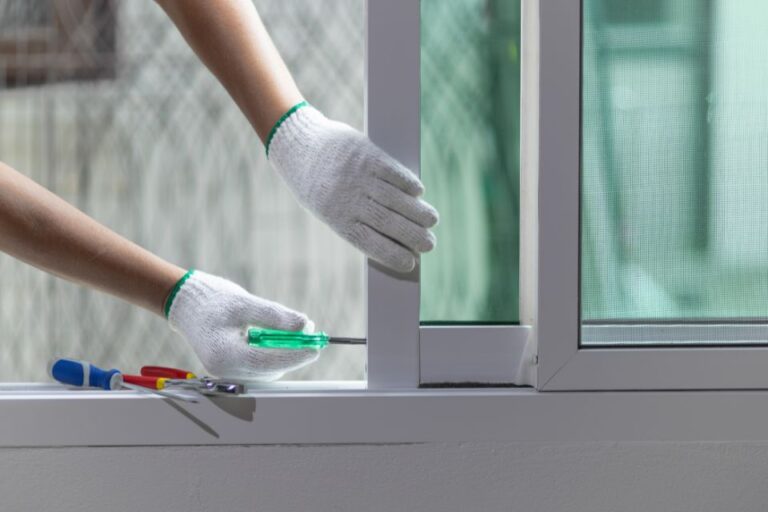Step-by-Step Roofing Repair: Inspection to Cleanup
Introduction: Why Roofing Repair is Essential
Every homeowner will likely face the need for a roofing repair at some point. Whether due to aging, storm damage, or poor installation, your roof plays a critical role in protecting your home. A small leak might seem minor, but if left unchecked, it can lead to structural issues, mold growth, and expensive repairs.
This guide offers everything you need to know about roofing repair—from recognizing signs of damage to understanding costs and finding reliable contractors. A proactive approach will ensure your roof stays in excellent condition, protecting both your family and property.
Why Does Your Roof Need Repair?
Roofs are designed to withstand various elements, but over time, they can experience wear and tear. Here are the most common reasons your roof might need repair:
Water Leaks and Their Impact
A small leak might seem insignificant at first, but even a little water can cause serious damage. Water can seep into ceilings, walls, and insulation, leading to:
- Mold and mildew growth
- Rotting wood and weakened structures
- Electrical hazards if the water reaches wiring
(Sponsored Ads):
Storm Damage
Extreme weather conditions such as high winds, hail, and falling branches can damage shingles or puncture your roof. If not repaired promptly, these damages can result in:
- Shingles blown off the roof
- Cracks that allow water to enter
- Increased vulnerability to further weather damage
Roof Aging and Wear
Most roofing materials have a limited lifespan. Over time, shingles can become brittle, curl, or crack. Older roofs are more susceptible to leaks and structural issues, making regular inspection critical.
Poor Installation or Lack of Maintenance
If your roof wasn’t installed correctly or hasn’t been maintained, it’s more likely to develop problems. Regular maintenance can identify small issues before they turn into costly repairs.
Importance of Timely Roofing Repair
Fixing roofing issues promptly ensures the safety of your home and helps you avoid bigger expenses later.
1. Prevent Further Damage
Addressing small problems—like missing shingles or minor leaks—early prevents more significant issues, such as widespread water damage or mold growth.
2. Protect Your Home’s Structure
A damaged roof weakens the overall stability of your home. Fixing roofing problems promptly helps ensure the structural integrity of your house.
3. Avoid Costly Repairs
Ignoring roofing issues can lead to emergency repairs or even a complete roof replacement, which is far more expensive than minor fixes.

Roofing Repair Costs
Factors That Affect the Cost of Roofing Repair
Several elements impact the overall cost of a roofing repair:
- Inspection Fees: An initial assessment by a contractor costs between $150 to $500.
- Extent of Damage: Repairs for minor issues are cheaper, while severe damage costs more.
- Roof Size and Material: Larger roofs or those with high-end materials (e.g., tiles, metal) increase the cost.
- Labor: Skilled contractors in high-demand areas charge more for labor.
- Additional Services: Repairs involving gutters, insulation, or structural work can add to the cost.
Financing Options
If you can’t afford the repair upfront, consider these financing methods:
- Home Equity Loans: Borrow against the value of your home.
- Home Improvement Loans: Special loans for home repairs.
- Credit Cards: Ideal for small repairs but use with caution to avoid high-interest debt.
- Contractor Payment Plans: Some contractors offer financing options directly.
The Roofing Repair Process
1. Inspection and Assessment
A professional roofer will begin with an inspection to identify the problem.
- Visual Inspection: Checks for missing shingles, leaks, or sagging sections.
- Close-up Tools: Some roofers use drones or thermal cameras for hard-to-see areas.
- Damage Report: The roofer will provide an overview of the damage and recommend solutions.
2. Repair Work
Once the problem is identified, the roofer will create a plan to fix it.
- Preparation: The work area is cleared of debris and obstacles.
- Repair Process: Depending on the damage, the roofer may replace shingles, seal leaks, or fix structural elements.
- Quality Inspection: The roofer ensures repairs are thorough and meet safety standards.
3. Cleanup and Maintenance Tips
After the repairs are complete, the roofer will clean the area and provide maintenance advice.
- Cleanup: All debris and unused materials are removed.
- Maintenance Tips: Regular inspections and gutter cleaning are recommended to keep the roof in good shape.
The Roofing Repair Process
1. Inspection and Assessment
A professional roofer will begin with an inspection to identify the problem.
- Visual Inspection: Checks for missing shingles, leaks, or sagging sections.
- Close-up Tools: Some roofers use drones or thermal cameras for hard-to-see areas.
- Damage Report: The roofer will provide an overview of the damage and recommend solutions.
2. Repair Work
Once the problem is identified, the roofer will create a plan to fix it.
- Preparation: The work area is cleared of debris and obstacles.
- Repair Process: Depending on the damage, the roofer may replace shingles, seal leaks, or fix structural elements.
- Quality Inspection: The roofer ensures repairs are thorough and meet safety standards.
3. Cleanup and Maintenance Tips
After the repairs are complete, the roofer will clean the area and provide maintenance advice.
- Cleanup: All debris and unused materials are removed.
- Maintenance Tips: Regular inspections and gutter cleaning are recommended to keep the roof in good shape.
FAQs
- It’s recommended to inspect your roof once a year and after major storms to catch any potential issues early.
- Minor fixes like replacing a shingle can be done by homeowners. However, major repairs should be left to professionals to ensure safety and quality.
Conclusion
Your roof is essential for keeping your home safe and comfortable. Regular maintenance and timely repairs prevent small issues from becoming major problems, ensuring your house stays in great condition. Whether you need to fix a small leak or replace damaged shingles, taking care of your roof protects your investment and gives you peace of mind.
If you notice any signs of roof damage, don’t wait—contact a trusted roofing contractor today and keep your home secure.
Content Source
This Old House, Remodeling Magazine, Angie’s List
